New Mexico R&D Tax Credit Filing Instructions
To claim the Research and Development (R&D) tax credit in New Mexico, businesses must generally follow a two-step process. First, taxpayers need to apply for approval of the credit by filing Form RPD-41385, Application for Technology Jobs and Research and Development Tax Credit. This application must be submitted within one year following the end of the calendar year in which the qualified expenditures were made. Once approved, the actual credit is claimed by attaching Form RPD-41298, Research and Development Small Business Tax Credit Claim Form, to the taxpayer’s CRS-1 tax return. This claim must also be made within one year after the end of the report period to which the credit applies. The credit, officially known as the “Technology Jobs and Research and Development Tax Credit,” is available to qualified businesses engaging in R&D activities within the state, with specific criteria for eligible expenditures and business size. Taxpayers can typically apply and claim these credits online through the New Mexico Taxation and Revenue Department’s Taxpayer Access Point (TAP) or by mail.
New Mexico Patent of the Year – 2024/2025
Advanced Optical Technologies, Inc has been awarded the 2024/2025 Patent of the Year for their groundbreaking innovation in material analysis. Their invention, detailed in U.S. Patent Application No. 20240142758, titled ‘Polarimeter with Multiple Independent Tunable Channels and Method for Material Orientation Imaging’, introduces a novel approach to imaging the microstructural orientation of materials.
This advanced polarimeter employs two independent polarization modulators that switch among multiple settings, creating several independent polarization channels. These channels enable the capture of a set of synchronized polarization images using an imaging detector. A processor then analyzes these images using a classification algorithm to generate material orientation images, providing insights into the microstructure of the sample.
Designed to operate on polished reflective samples, this technology is particularly effective for analyzing crystalline materials, such as polymer domains, fiber bundles, and crystalline grains. Its applications span various industries, including materials science, manufacturing, and quality control, where understanding material orientation is crucial.
By offering a non-destructive and efficient method for material analysis, Advanced Optical Technologies’ invention promises to enhance the understanding and utilization of material properties, paving the way for advancements in material science and engineering.
Study Case
Airtime Helicopters (Airtime) was established in 2008 to provide charter, scenic and photography services.
Airtime felt a need to further enhance the recording quality and stability of its current camera unit to improve clarity and visibility during vertical monochromatic imaging, mapping and surveying. In 2009, Airtime began an R&D project dedicated to developing and designing an attachment camera which would provide helicopter camera crews with unprecedented levels of equipment reliability for use in mapping and imaging applications.
Airtime engaged in a program of systematic, investigative and experimental activities to overcome the significant technical uncertainty and develop new knowledge regarding the impact of specific variables on the effectiveness of the new attachment design.
After experimentation, Airtime needed to determine the eligibility of its proposed R&D activities in order to know if they qualified for the Research and Experimentation Tax Credit. To be eligible, Airtime had to be certain that its “qualified research” met four main criteria, known and developed by Congress as the Four-Part Test. After self-assessing, Airtime conducted the following R&D activities.
Design and development of a series of prototypes to achieve the technical objectives and prove the hypothesis (design and development of a camera for mapping and surveying purposes).
Airtime conducted the design and development of spring settings on specific camera types, as well as design consideration on the impact of different wind conditions. Airtime believed its camera solution could be achieved by conducting the following activities to reduce the unit’s vibration:
A series of information was gathered and evaluated to identify knowledge gaps and achieve the technical objectives.
A series of design experiments were undertaken to prove the hypothesis.
A series of trial data was analyzed and evaluated to achieve satisfactory reproducible results.
A series of developments and modifications were undertaken to interpret the algorithm data and draw conclusions that served as a starting point for the new design hypothesis.
Background research to evaluate current knowledge gaps and determine feasibility (background research for mapping and surveying camera unit).
The following background research was conducted by Airtime:
Literature search and review
Consultation with industry professionals and potential clients to determine the level of interest and commercial feasibility of such a project
Preliminary equipment and resources review with respect to capacity, performance and suitability for the project
Airtime’s background research qualified as R&D because it assisted in identifying the key elements of the project.
Ongoing analysis of customer or user feedback to improve the prototype design (feedback R&D of the camera and its mapping and surveying abilities).
Airtime conducted the following R&D activities during this phase of experimentation:
Ongoing analysis and testing to improve the efficiency of the project
Commercial analysis and functionality review
These activities qualified as R&D because they were necessary to evaluate the performance capabilities of the newly developed design in the field and to improve any imperfections.
Qualified research consists of research for the intent of developing new or improved business components. A business component is defined as any product, process, technique, invention, formula, or computer software that the taxpayer intends to hold for sale, lease, license, or actual use in the taxpayer’s trade or business.
The Four-Part Test
Activities that are eligible for the R&D Credit are described in the “Four-Part Test” which must be met for the activity to qualify as R&D.
- Permitted Purpose: The purpose of the activity or project must be to create new (or improve existing) functionality, performance, reliability, or quality of a business component.
- Elimination of Uncertainty: The taxpayer must intend to discover information that would eliminate uncertainty concerning the development or improvement of the business component. Uncertainty exists if the information available to the taxpayer does not establish the capability of development or improvement, method of development or improvement, or the appropriateness of the business component’s design.
- Process of Experimentation: The taxpayer must undergo a systematic process designed to evaluate one or more alternatives to achieve a result where the capability or the method of achieving that result, or the appropriate design of that result, is uncertain at the beginning of the taxpayer’s research activities.
- Technological in Nature: The process of experimentation used to discover information must fundamentally rely on principles of hard science such as physical or biological sciences, chemistry, engineering or computer science.
What records and specific documentation did Airtime keep?
Similar to any tax credit or deduction, Airtime had to save business records that outlined what it did in its R&D work, including experimental activities and documents to prove that the activities took place in a systematic manner.
Airtime only kept records of its literature search findings, leaving vast room for improvement in the area of substantiation.
As a company claiming R&D, you always want to be “compliance ready” — meaning if you were audited by the IRS, you could present documentation to show the progression of your R&D work. Here are some types of documentation that would be beneficial to save in the case of an audit:
- Project records/ lab notes
- Photographs/ videos of various stages of build/ assembly/ testing
- Prototypes
- Testing protocols
- Results or records of analysis from testing/ trial runs
- Tax invoices
- Conceptual sketches
- Email correspondence
- Patent application number
- Progress reports and meeting notes
An Albuquerque company designs and manufactures components for the aerospace industry. The company claims R&D credits each year for the development activities of its engineers. This project involved a multi-year study covering the tax year 2015.
The Company qualified for the federal R&D Tax Credit of $124,920 and an additional $60,000 of state R&D Tax Credit in New Mexico.
| FEDERAL | NEW MEXICO | |||||
| Year | Total QREs | Credit | Total QREs | Credit | ||
| 2025 | $1.200.000,00 | $124.920,00 | $1.200.000,00 | $60.000,00 | ||
Choose your state


















 [...]
[...] [...]
[...]
